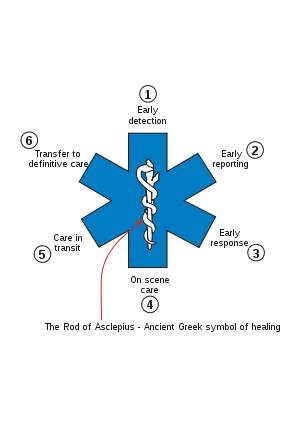Do you remember your first day on the job, wishing you understood what everyone else was doing? You want to fit in, and it seems as though there’s a mountain of information being tossed your way. No one can absorb everything they are told, but the main thing one needs to pay attention to is safety on the job. With the summer season beginning, a whole new workforce will begin. Those younger employees need to have a mentor for a few months, just to ensure their safety and the safety of others.
It is the responsibility of the employer to provide proper training beginning from Day One.
Bureau of Labor Statistics show that 40% of on-the-job injuries are workers experiencing their first year of work. The first thing employers should do is start orientation on the first day. Co-workers can be of assistance if they notice the new employee is doing something unsafe; they need to speak up and warn them before they get injured. They also can tell the new employee who to talk to if they have concerns about safety. Personnel need to respect the equipment they are working with, and be aware that their wellness can be an issue if they don’t use caution.
In most of our experiences, we gradually find out what to do: a good example is a Fire Drill. Every company has their own policy and procedures and new employees should be told where the exits are and what to do upon exiting the building. Many times, we don’t find out until there is a fire drill and then someone says, “Oh, yeah, do such and such, then return to work when the all clear is given.”
New employees, remember this:
- Don’t take shortcuts
- Use what you learn all the time
- Be sure you understand; don’t hesitate to ask questions
- Respect and follow warnings
- Be sure you know what to do in emergency situations
- As for safety materials and instructions if you have not received them
- If you are provided Personal Protective Equipment, be sure you understand its purpose, how to wear it, and how to maintain it
Remember the TEAM mantra applies to all of us:
Together Everyone Accomplishes More!
Think Safety and Work Safely.
